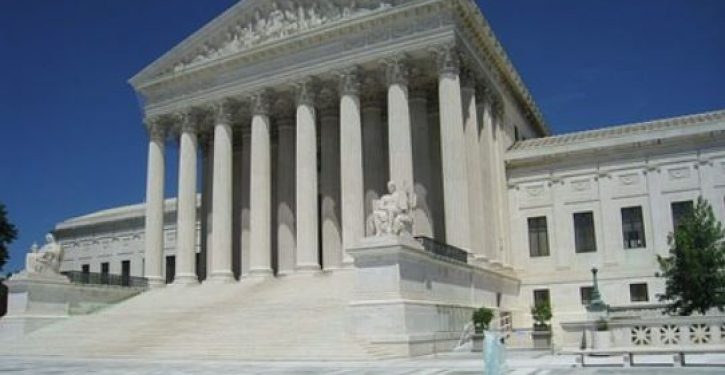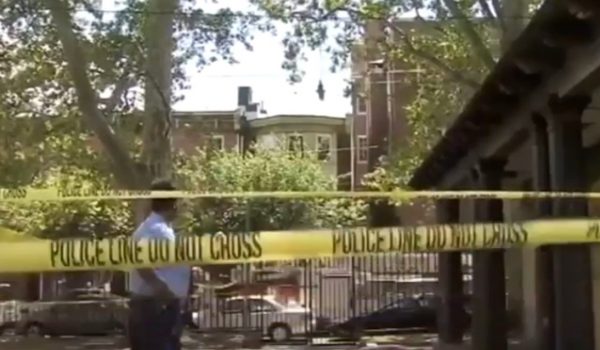
Courts don’t have to hold oral arguments in person. Lawyers can argue a case by telephone or video conference. Yet the U.S. Supreme Court has postponed its upcoming oral arguments, simply because coronavirus makes in-person oral arguments risky.
As former prosecutor Elie Honig notes at CNN,
the Supreme Court went too far in postponing oral arguments altogether when it easily could have conducted those arguments as scheduled through live video feed. The court’s decision may well reflect a long-standing antipathy toward readily available technology that could enable it to continue doing business as usual.
If the Supreme Court is hostile to using live video feed, it could just allow lawyers to argue cases by telephone. Federal appeals courts have allowed argument by telephone in the past, especially for people representing themselves (“pro se litigants”).
Will this presidential election be the most important in American history?
The California-based Ninth Circuit Court of Appeals has done this for pro se litigants, to avoid forcing them to travel to and from the court (which some pro se litigants may be too poor to afford).
For example, it ruled in favor of former Montana State University Professor Douglas Giebel, after letting him argue his appeal by telephone. He lived in Montana on a very modest income, and it would have been a burden on him to travel to California to argue his case before a panel of three appeals court judges. So they let him and the opposing lawyer for Montana State University stay in Montana, and argue their sides of the case by telephone. The court just used the conference call function on its courtroom telephone.
The appeals court overturned the trial court’s dismissal of Giebel’s First Amendment lawsuit. It concluded that a college department head’s removal of “handbills publicizing an appearance of” his “former colleague” Giebel “at a conference to be held on the university campus” violated Giebel’s clearly-established First Amendment rights. It further ruled that “to silence speech by a particular speaker” in this manner constituted unconstitutional “viewpoint discrimination” that is categorically forbidden on campus. (See Giebel v. Sylvester, 244 F.3d 1182 (9th Cir. 2001)).
Trial testimony sometimes needs to be conducted in person, due to the Sixth Amendment right to confront one’s accuser in criminal trials. But most court proceedings are not trials, and there is no reason they can’t be done using live video feed, or by teleconference.
As Honig notes,
Most court proceedings — and all Supreme Court proceedings — can be held by video conference, without legal impediment or practical downside. Attorneys can make legal arguments to judges, and parties and the public can observe and participate as needed, through video linkage.
All state courts allow video in at least some circumstances. At least some states permit certain criminal proceedings, including a criminal defendant’s initial appearance, to be done by video conference. Trials pose the only real limitation (of course, the Supreme Court does not conduct trials)….
But trials are only a small fraction of what actually happens in courtrooms, day to day. Fewer than 5% of all federal criminal cases result in trials. So put trials on hold, temporarily, until we are through the coronavirus crisis, or at least the worst of it. Until then, our courts should use video conferencing technology for everything else.




